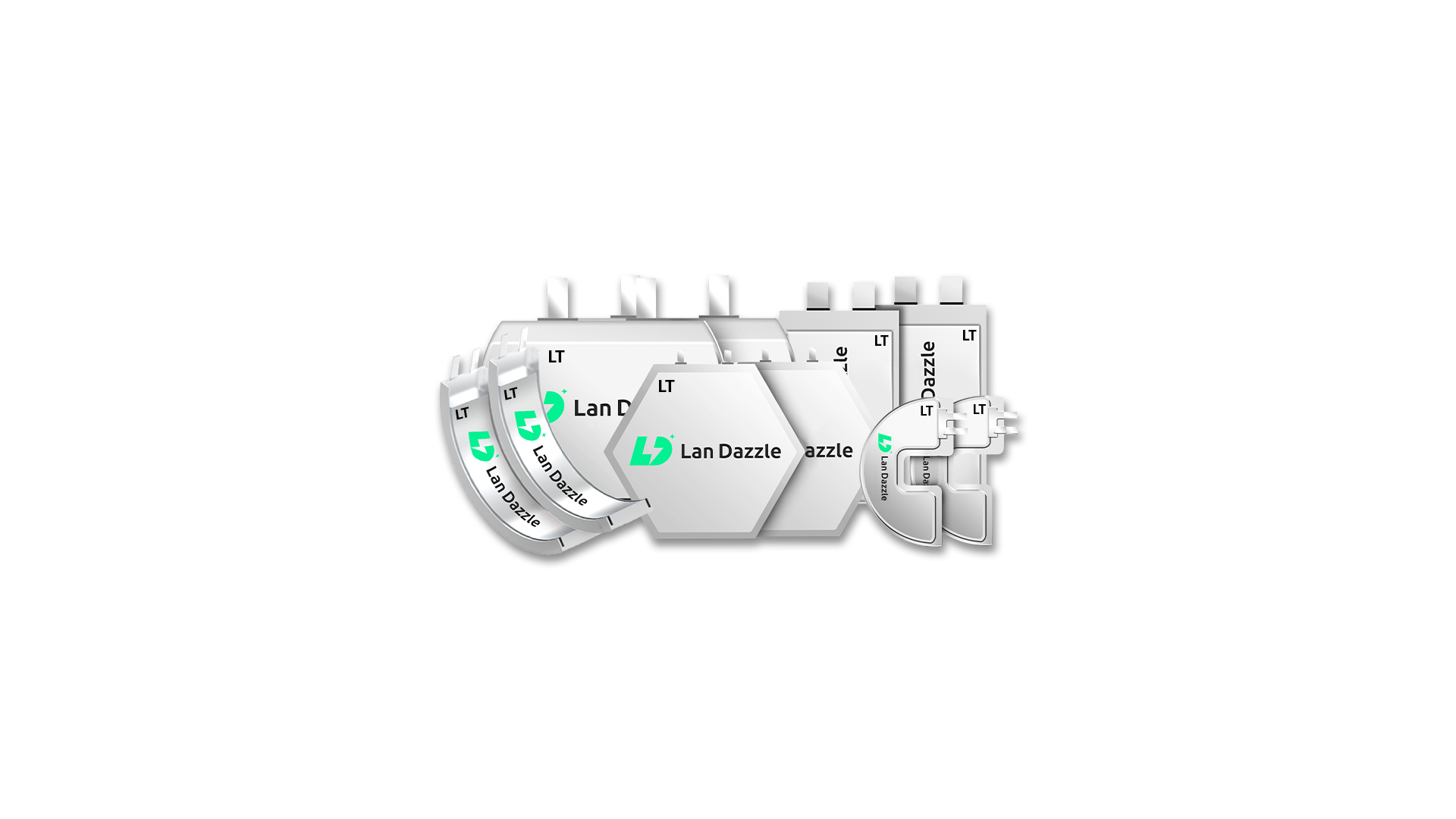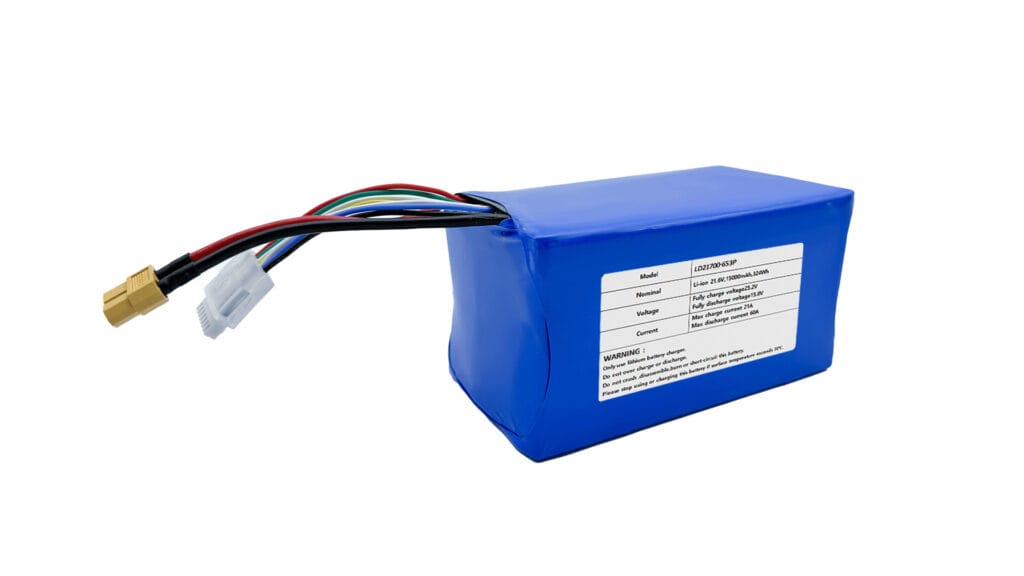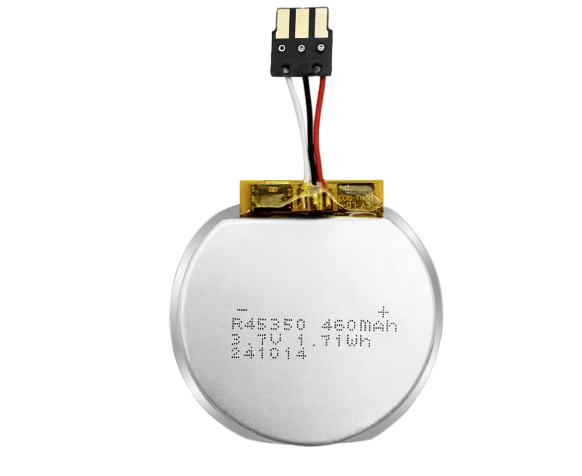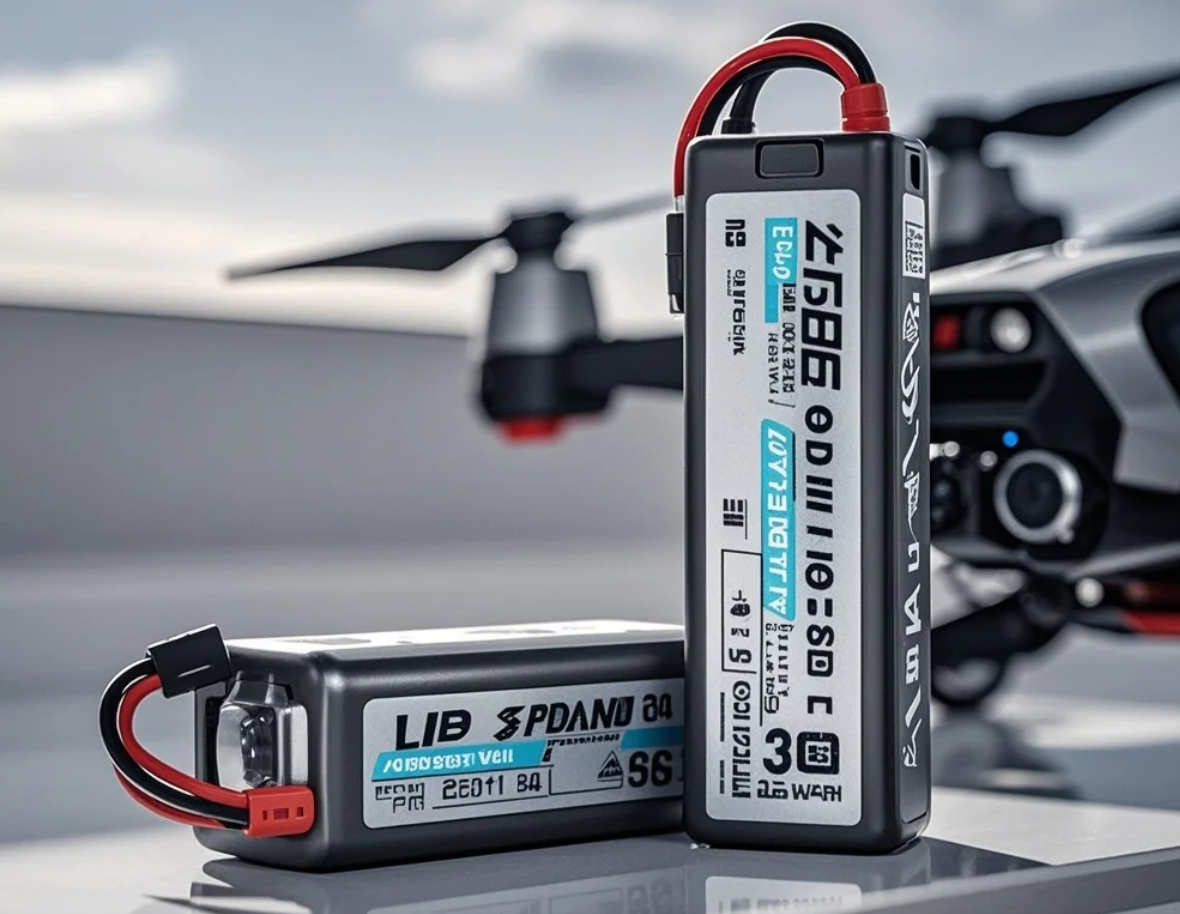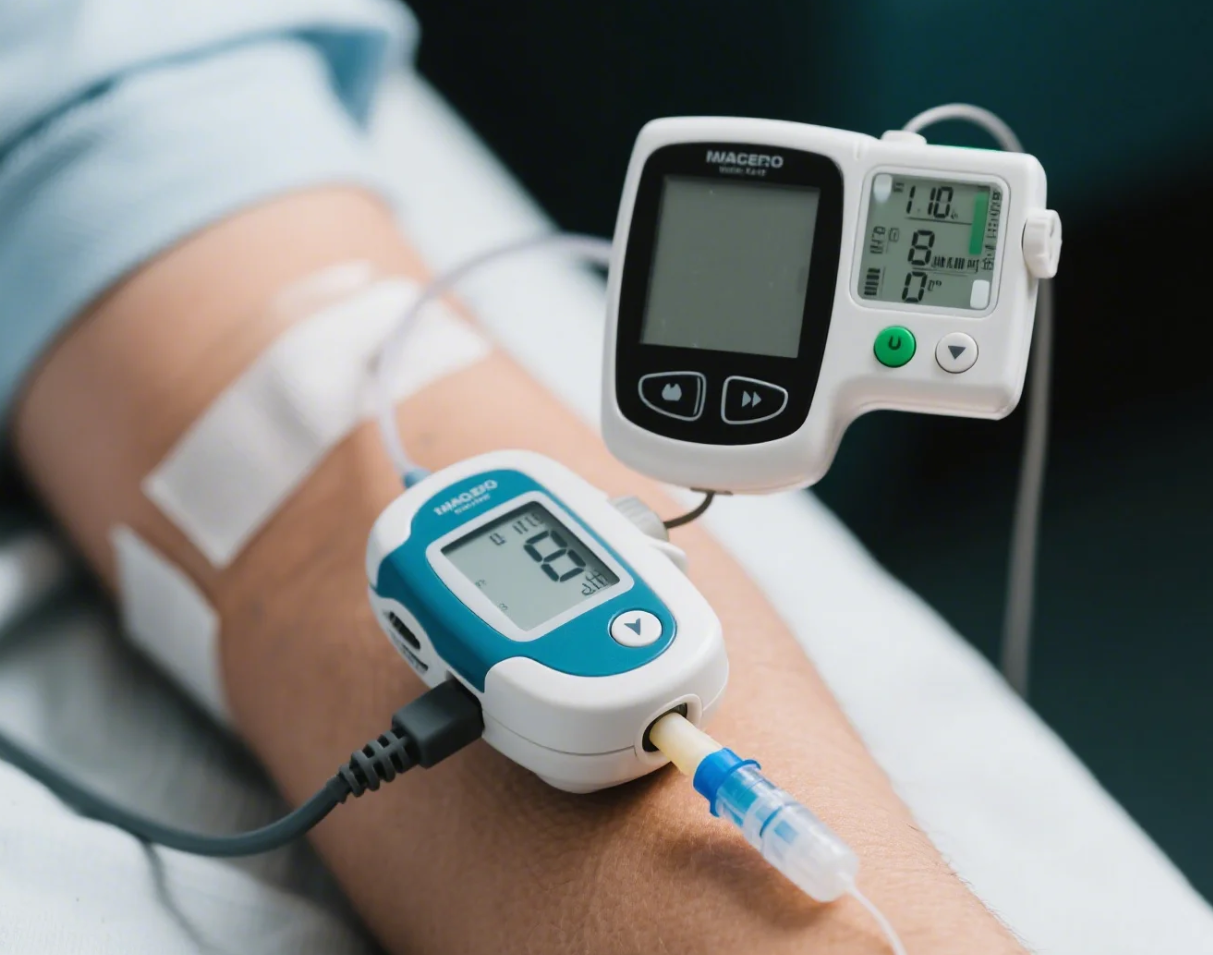Smart Ring Battery Solutions: Curved Lithium Polymer Battery Manufacturing
As wearable technology continues its rapid ascent, smart rings are emerging as the next frontier in on-finger innovation. From biometric health trackers to discreet notification devices, these ultra-compact wearables demand power sources that are simultaneously miniature, reliable, and conformal to a ring’s curved geometry. Off-the-shelf rectangular pouch cells simply won’t fit the bill for a seamless, ergonomic smart ring. That’s where custom curved lithium polymer (LiPo) batteries come in.
By leveraging advanced electrode laminations, precision die-cutting, and flexible pouch designs, forward-thinking manufacturers can deliver ultra-thin, curved cells tailored to ring form factors. In this article, we’ll explore the unique power needs of smart rings, delve into the cutting-edge manufacturing techniques behind curved LiPo cells, outline the benefits of partnering with a specialized curved battery manufacturer, and share actionable guidance for selecting the right partner to bring your wearable product to market.
Understanding Smart Ring Batteries
Power Requirements of Smart Rings
Smart rings integrate an array of electronics—optical heart-rate sensors (PPG), inertial measurement units (accelerometer/gyroscope), microcontrollers for data processing, low-power Bluetooth® Low Energy (BLE) radios for wireless connectivity, and sometimes LEDs or haptic actuators for feedback—all within a band less than 3 mm thick. Despite their diminutive size, these devices must run for days (ideally one week or more) between recharges to meet consumer expectations. Achieving this balance requires cells with:
- High volumetric energy density (≥ 600 Wh/L) to pack more watt-hours into minimal space.
- Thin, conformal form factors (< 3 mm stack height) for a low-profile design that doesn’t snag or press uncomfortably against the finger.
- Stable voltage profiles (nominal 3.7 V) under dynamic discharge loads, ensuring consistent sensor readings and reliable connectivity.
- Fast-charge capability without overheating, allowing quick “top-ups” when the ring is docked on a charger overnight or between uses.
Challenges in Ring-Scale Power
Developing a battery for a ring-scale wearable presents unique hurdles:
- Size constraints: Standard cylindrical or prismatic cells cannot be miniaturized below ~6 mm thickness without prohibitive cost and complex packaging.
- Shape mismatch: Rigid, rectangular cells create uncomfortable pressure points in a rounded band, leading to poor wearability and customer complaints.
- Thermal management: Dense integration of electronic components and battery in a small volume can produce hotspots if the cell chemistry or thermal paths aren’t meticulously optimized. Over time, these hotspots accelerate capacity fade and can trigger safety shutdowns.
Why Lithium Polymer?
Lithium polymer technology offers distinct advantages for wearable ring applications:
- Form flexibility: Pouch-style LiPo cells can be laser-cut and laminated into curved “C-shapes” or full rings, conforming precisely to the device housing.
- Lightweight packaging: Eliminating heavy metal cans reduces overall device mass, improving comfort and enabling sleeker industrial design.
- Superior energy density: Modern LiPo formulations achieve up to 260 Wh/kg, enabling multi-day runtimes in volumes under 50 mm³.
- Low profile: Polymer pouches allow cell heights below 2.5 mm, critical for ultra-thin ring profiles under 4 mm.
Curved Battery Manufacturing: Expertise and Capabilities
Custom Curved Geometry Design
At the heart of curved cell production lies precision electrode shaping and pouch engineering:
- Electrode slit-and-stack or roll-to-roll lamination techniques produce electrodes that conform to the ring’s curvature without introducing micro-cracks or stress fractures.
- Laser-cutting enables C-shaped, U-shaped, full-ring, or multi-arc electrode profiles with tolerances as tight as ± 0.1 mm. This precision ensures consistent performance across every cell.
Industry jargon:
- Jam-rolled cells: Thin layers of electrode material wound around a curved mandrel, creating a semi-cylindrical stack.
- Pre-formed pouch laminate: Multi-layer polymer encapsulation pre-shaped to match the desired curvature before lamination.
- Embedded reinforcement films: Thin PI (polyimide) or PET (polyethylene terephthalate) layers incorporated within the pouch structure to maintain integrity during repeated bending.
Tailored Electrochemistry and Performance
Curved LiPo cells can be fine-tuned for specific wearables requirements:
- Capacity range: 5 mAh–200 mAh, scalable based on ring dimensions, feature set, and desired runtime.
- Charge rates: Up to 1 C (full charge in ~60 minutes) with thermal monitoring to keep cell temperature under 45 °C.
- Cycle life: ≥ 300 full cycles at 80 % depth-of-discharge, with advanced cathode/anode formulations minimizing capacity fade.
Relevant data point: Modern micro-LiPo formulations can achieve volumetric energy densities exceeding 600 Wh/L in volumes under 100 mm³, enabling ring runtimes of 5–7 days on a single charge.
Advanced Manufacturing Techniques
- Clean-room lamination: Class 1000 or better environments prevent particulate contamination that could puncture the pouch during bending.
- Automated sealing: High-precision ultrasonic or heat-seal equipment ensures leak-proof edges and uniform seal widths.
- In-line QC scans: X-ray and machine-vision inspection detect sub-micron delaminations, pouch wrinkles, or electrode misalignments before final assembly.
Advantages of Partnering with a Curved Battery Manufacturer
Deep Technical Expertise
Curved battery manufacturing demands mastery of both electrochemistry and precision mechanical design. By partnering with a specialist:
- You leverage years of R&D in micro-LiPo development and intimate knowledge of trade-offs between energy density, cycle life, and safety.
- You gain access to custom cathode/anode chemistries—such as high-voltage nickel-manganese-cobalt (NMC) blends and silicon-graphite composite anodes—to boost energy density without sacrificing cycle life.
Bespoke Solutions & Rapid Prototyping
- Design-to-production turnaround: Initial samples in as little as 4–6 weeks after finalizing mechanical drawings and performance specifications.
- Volume scalability: Seamless transition from small pilot runs (500–1,000 cells) to high-volume manufacturing (100,000+ cells) without major retooling or NRE (non-recurring engineering) fees.
Rigorous Quality & Compliance
- ISO 9001:2015 certification ensures robust quality management systems.
- Compliance with UL 2054 and IEC 62133 safety standards provides peace of mind for global market entry.
- In-house thermal cycling, vibration, and mechanical fatigue testing replicates wearable use environments, verifying cell integrity under bending and torsion.
Stat: The global wearable device market is projected to surpass $60 billion by 2025, with smart rings capturing an estimated 15 % share as consumers seek discreet health-tracking wearables. Partnering with an expert curved battery manufacturer positions you to capitalize on this high-growth segment.
Choosing the Right Curved Battery Manufacturer
When evaluating potential curved battery partners, consider the following critical factors:
Wearable Market Experience
- Track record: Proven success supplying cells for smart watches, fitness bands, and smart jewelry OEMs.
- Dedicated wearables division: Specialist teams that understand miniaturization challenges and regulatory pathways for health-tracking devices.
Customization & Minimum Order Quantities (MOQs)
- Flexible MOQs: Look for partners offering pilot runs starting at 500 cells, not tens of thousands. This reduces upfront risk for new product introductions.
- Design adaptability: Ability to adjust form factor, capacity, connector type (e.g., FPC tails, pogo-pin interfaces), and even pouch color without exorbitant tooling fees.
Technical Support & IP Protection
- Application engineering: Dedicated in-house experts for design reviews, DFMEA (Design Failure Mode and Effects Analysis), and DFM (Design for Manufacturing) guidance.
- Robust NDAs: Clear non-disclosure and IP assignment agreements to safeguard proprietary designs and chemistries.
- Co-development models: Options to collaborate on proprietary formulations or novel form factors under joint IP ownership.
Supply Chain Reliability
- Dual sourcing: Multiple cathode and anode material suppliers mitigate raw-material shortages.
- Vertical integration: In-house pouch film lamination and sealing reduces dependence on third-party vendors.
- Redundant production lines: Geographically diversified facilities ensure continuity in the face of local disruptions.
Lan Dazzle: Your Expert Supplier of Curved Lipo Battery
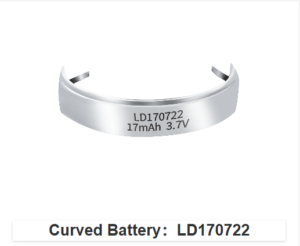
At Lan Dazzle, we specialize in manufacturing high-quality Curved Batteries, including the LD170722.
Our batteries provide optimal performance, safety, and flexibility for wearable devices like smart rings and bracelets.
With years of experience, Lan Dazzle delivers customized solutions for your specific battery needs.
Whether you’re developing new wearables or upgrading existing ones, we offer reliable, long-lasting power solutions. Contact us today at info@landazzle.com to discuss the best battery solutions for your product!
Conclusion
In the fiercely competitive wearable market, delivering a smart ring that marries form with function hinges on the quality of its power source. Curved lithium polymer batteries unlock new possibilities: slender profiles, ergonomic comfort, and reliable multi-day runtimes. By partnering with a specialized curved battery manufacturer—one with deep expertise in custom LiPo chemistry, precision lamination, and stringent quality control—you ensure your smart ring stands out in performance, safety, and user experience.
From rapid prototyping in small batches to scalable high-volume production, a trusted curved battery partner accelerates your product roadmap, minimizes engineering risk, and enhances end-user satisfaction.
FAQ
Q1: What exactly is a curved lithium polymer battery?
A curved LiPo battery is a flexible, pouch-style cell whose electrodes and polymer encapsulation are laminated into a curved or C-shaped profile. This conformal geometry allows seamless integration into ring or wrist-band form factors without creating pressure points.
Q2: Can you customize capacity and shape?
Yes. Our curved LiPo cells offer capacities from 5 mAh to over 200 mAh, and shapes including half-rings, C-arcs, and full rings with radii as small as 8 mm—tailored precisely to your CAD models.
Q3: What’s the typical cycle life?
Most curved LiPo cells we produce sustain 500-1000 full charge/discharge cycles at 80 % depth-of-discharge, with capacity retention above 80 % over life and minimal internal resistance growth.
Q4: How fast can these cells charge?
Our custom formulations support charge rates up to 1 C—allowing a full recharge in under 60 minutes—while maintaining cell temperatures below 45 °C through optimized thermal interfaces.
Q5: Are curved batteries safe?
Absolutely. Every curved LiPo cell undergoes comprehensive UL 2054 and IEC 62133 testing, alongside in-house thermal-runaway simulations, over-charge/over-discharge protection validation, and mechanical abuse testing.

